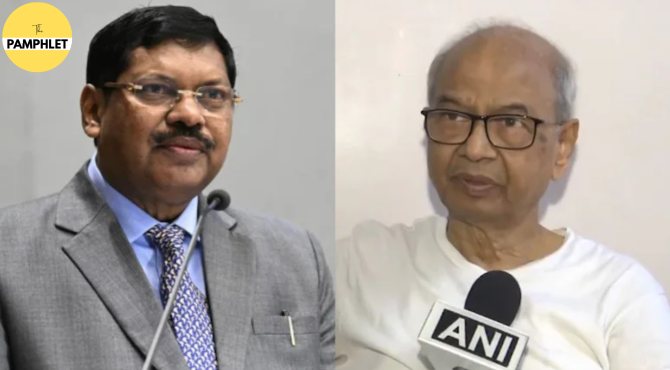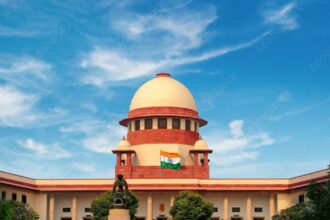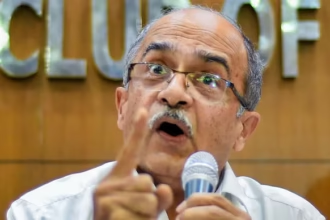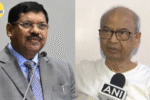The Supreme Court has decided not to initiate contempt proceedings against Advocate Rakesh Kishore, who allegedly attempted to throw a shoe at Chief Justice of India BR Gavai during a recent court hearing. CJI Gavai personally opted not to pursue action, and a bench led by Justice Surya Kant observed that prosecuting the act might only heighten the accused advocate’s notoriety. The Court said that further attention would turn the incident into an unnecessary spectacle and indicated that guidelines may be framed for handling similar disruptions and their media coverage in the future.
The bench also highlighted a jurisdictional concern: whether a judge other than the one targeted can initiate contempt proceedings in such matters.
The Supreme Court Bar Association (SCBA), however, strongly objected to the decision. SCBA president Vikas Singh described the move as a “joke on the institution,” and demanded criminal contempt proceedings to reinforce judicial authority. He alleged that the advocate had shown no remorse and was instead trivializing his actions publicly.
Even as the court restrained itself from escalating the matter inside the courtroom, the fallout outside has taken a sharply different trajectory. The AAP-led Punjab government has registered between 12 and 15 FIRs against approximately 28 individuals for alleged casteist and provocative social media posts aimed at CJI Gavai after the incident. Many of the accused are based outside Punjab.
These cases have been filed under non-bailable provisions of the Scheduled Castes and Scheduled Tribes (Prevention of Atrocities) Act and various sections concerning hate speech and communal disharmony. Right-wing content creators, including YouTuber Ajeet Bharti, are among those named, accused of inciting hostility through online videos and comments. The Punjab Police cyber cell is coordinating with platforms to remove posts it deems objectionable.
AAP leaders have framed the crackdown as a stand against caste-based abuse, while political opponents allege that the government is selectively targeting critics to score political points and consolidate support among voters.
Notably, these FIRs have no connection to the alleged shoe-throwing attempt itself, on which the Supreme Court has closed the legal chapter entirely.
What emerges is a clear divergence in approach. The Supreme Court, wary of theatrics, has chosen not to elevate the incident further. The Punjab government, meanwhile, appears intent on amplifying the controversy in its fight against alleged casteist hate online. Critics argue that behind the messaging lies a different motivation: seizing a moment to drive political optics, mobilize sentiment, and appeal to a key vote bank.









